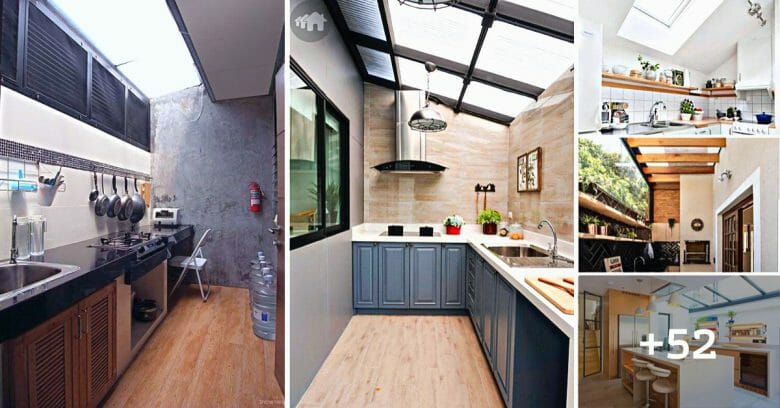
A skylight can provide your home with daylighting and ventilation. Because skylights are located on the roof, they can result in unwanted additional heat in summer and loss of heat from the inside of the home in the winter.
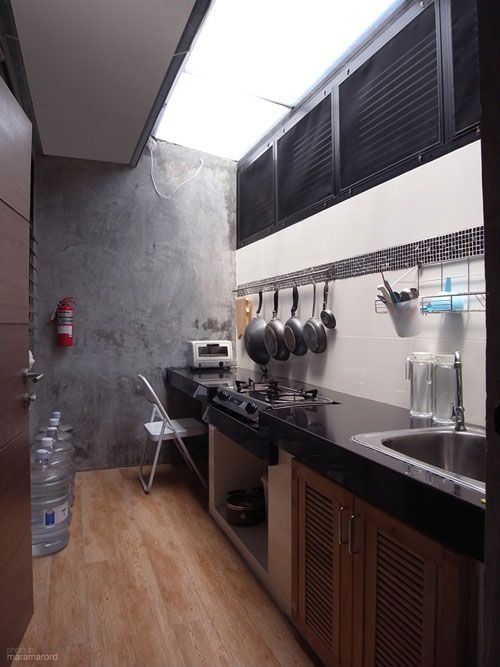
To make skylights more energy efficient, manufacturers use various glazing technologies including heat-absorbing tints, insulated glazing, low-emissivity (low-e) coatings, or translucent insulation material between several glazing layers.
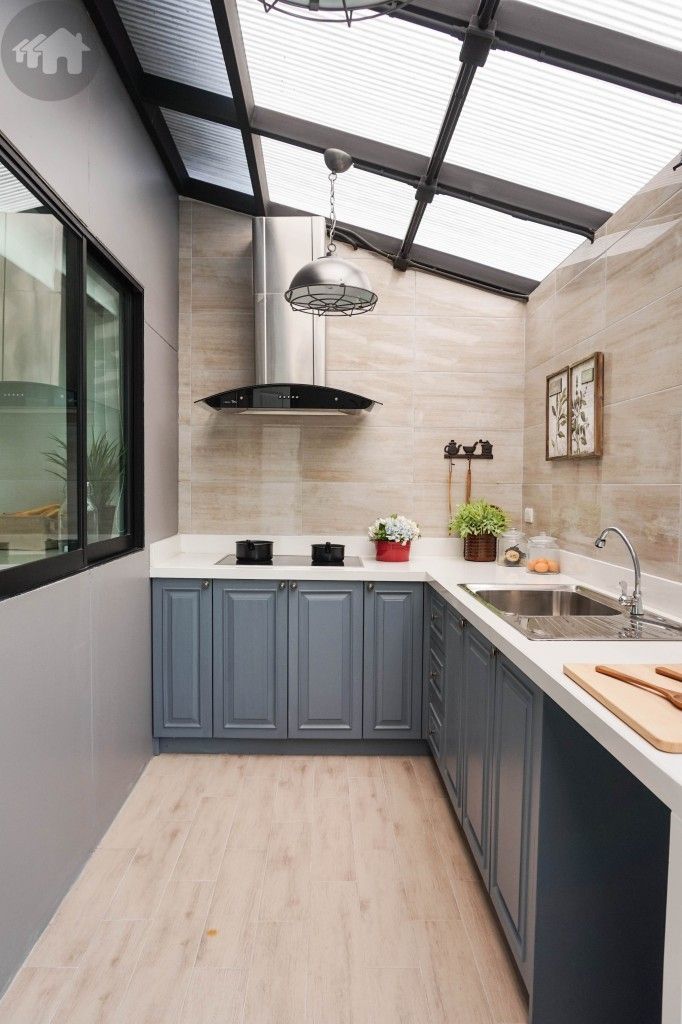
Kitchen skylights not only improve the aesthetics of the room, they are great practical additions that bring in another layer of light. And no room in the house benefits from this more than the kitchen, which requires both ambient and task lighting.
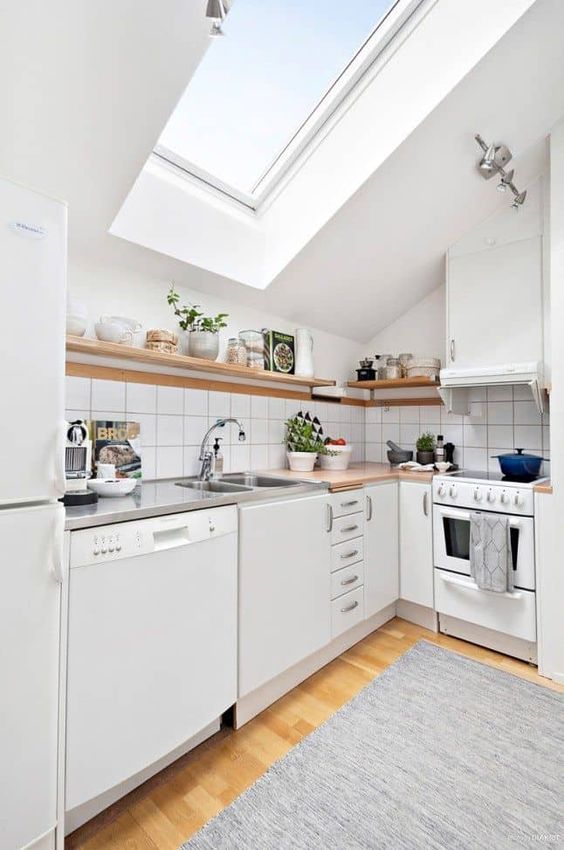
Skylights help cut down on your reliance on artificial light, and anyone with decent experience in the kitchen will tell you that there is nothing like natural light to get the job done!
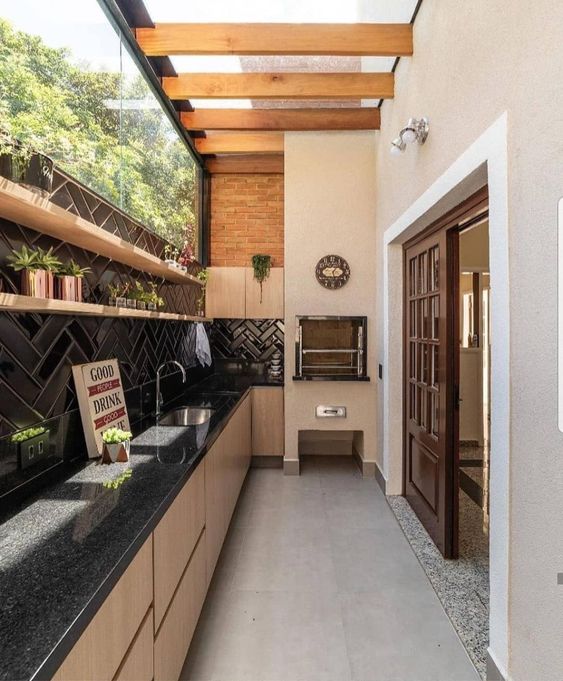
You can place the skylights above the kitchen island or the workstation to ensure that there is a direct stream of light during the daytime, while pendants and canned lights can take over after sunset.
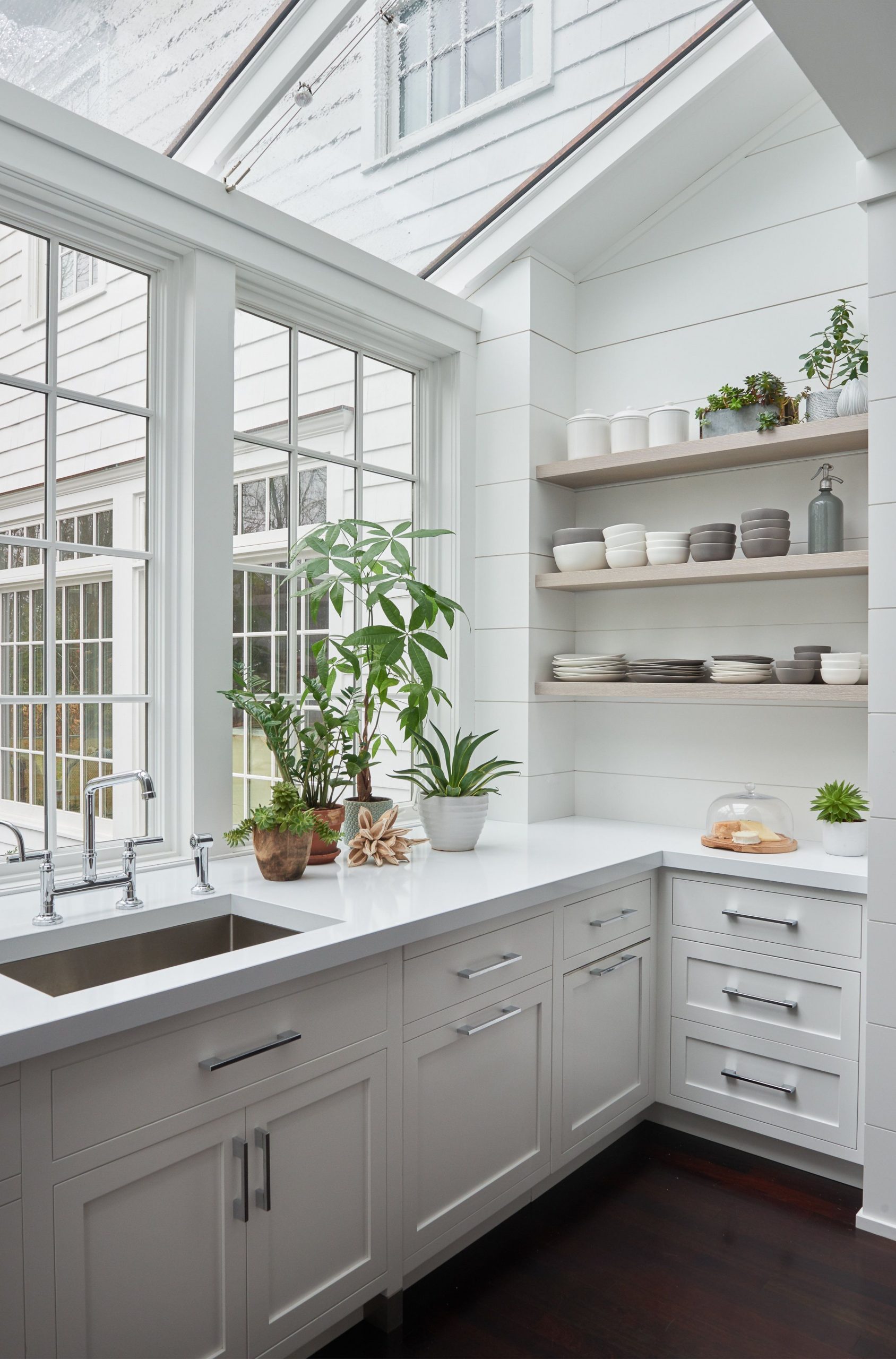
But more importantly, skylights help in turning the small or narrow kitchen into a more cheerful and bright space that seems inviting. This is where they are far more effective and efficient than normal windows, as a flood of light from the ceiling is more evenly distributed throughout the room.
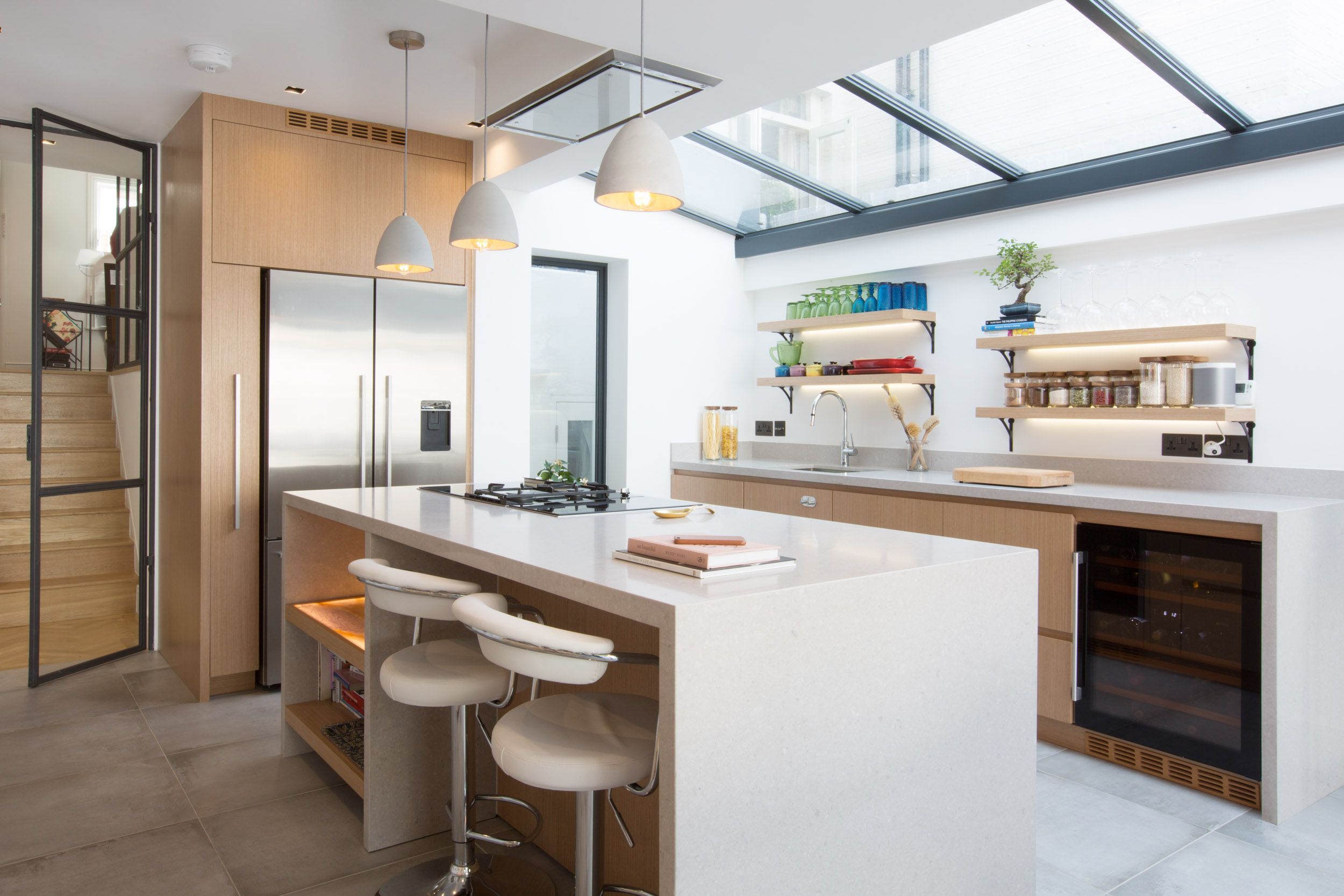
Skylights can provide ventilation as well as light. Ventilating a building with an operable skylight releases the hot air that naturally accumulates near the ceiling.
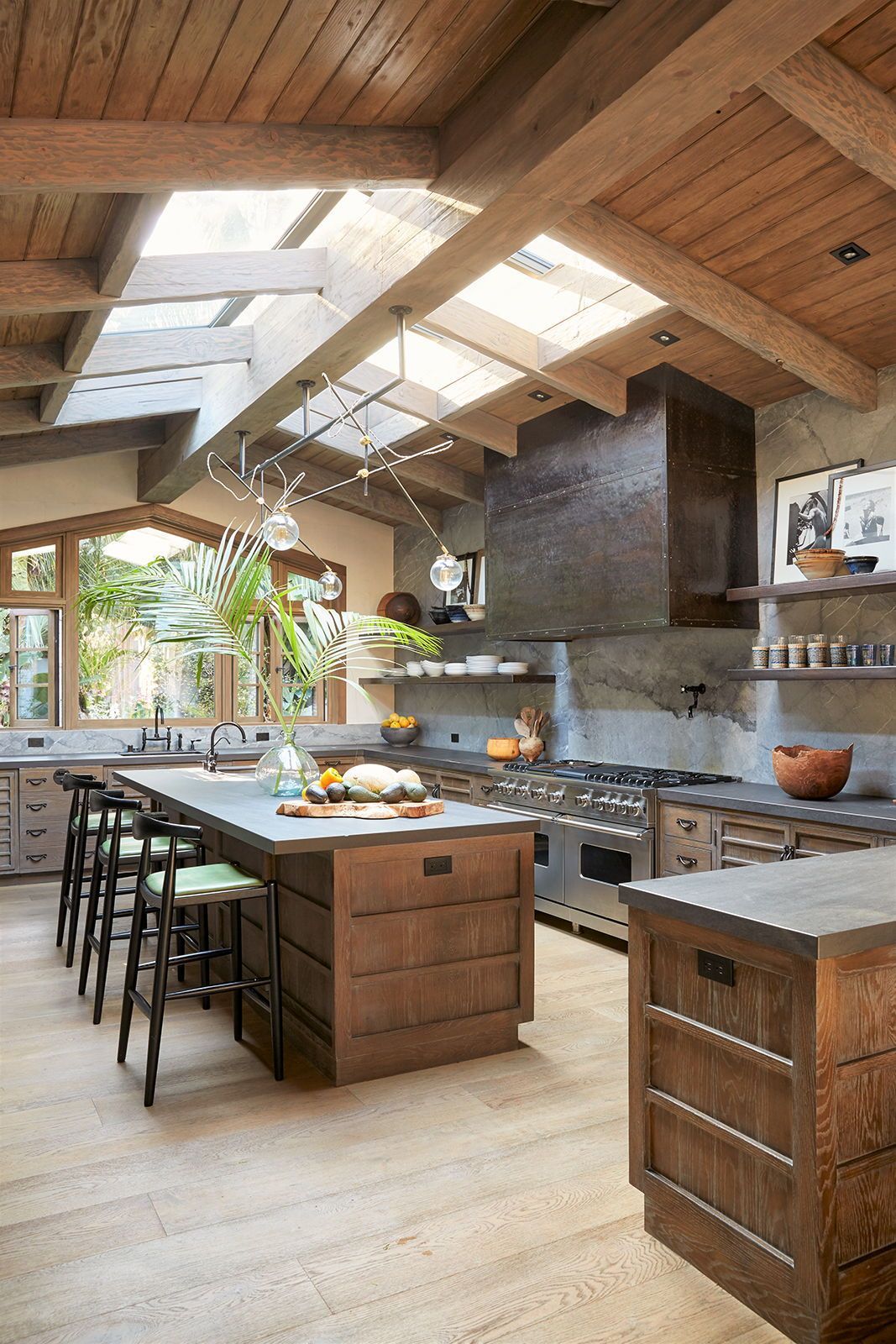
Ventilating skylights usually open outward at the bottom, and some units vent through a small, hinged panel. Skylights may be opened manually with a pole, chain, or crank.
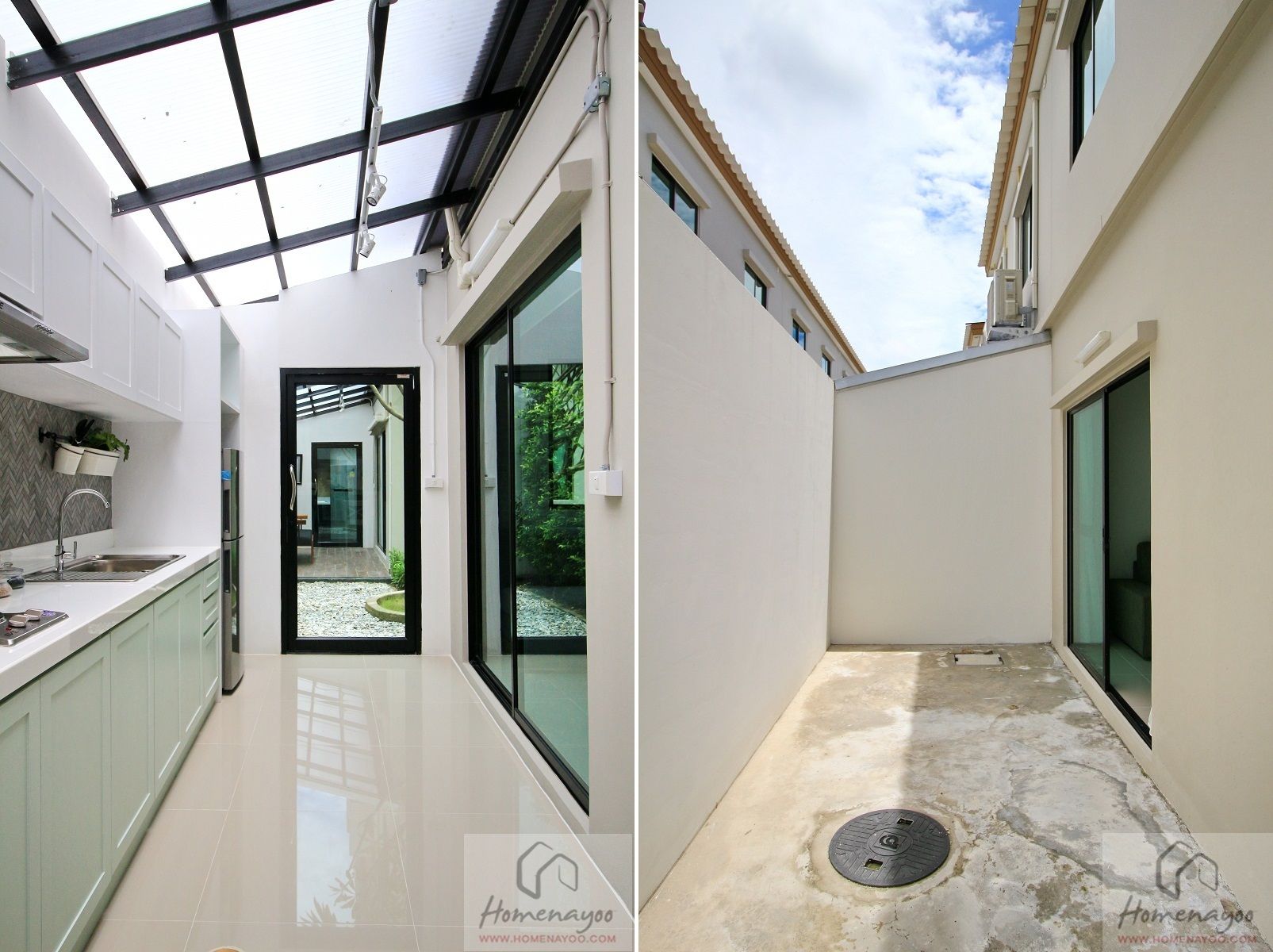
Skylight glazing is usually either plastic or glass, although other glazing technologies may be used for solar heat control. Depending on the performance you expect from a skylight, you may choose different types of glazing for different skylight locations throughout your home.
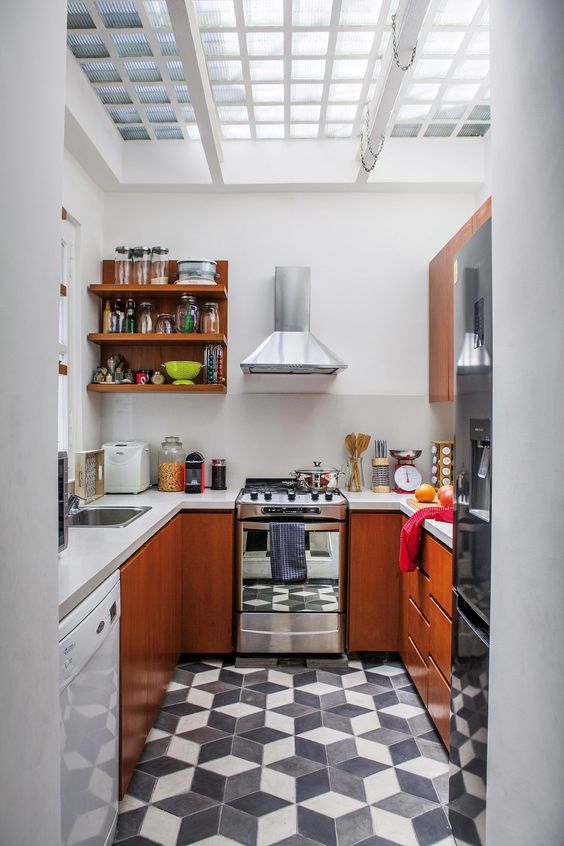
Plastic glazing is usually inexpensive and less liable to break than most other glazing materials. However, plastic surfaces scratch easily, and they may become brittle and discolored over time.
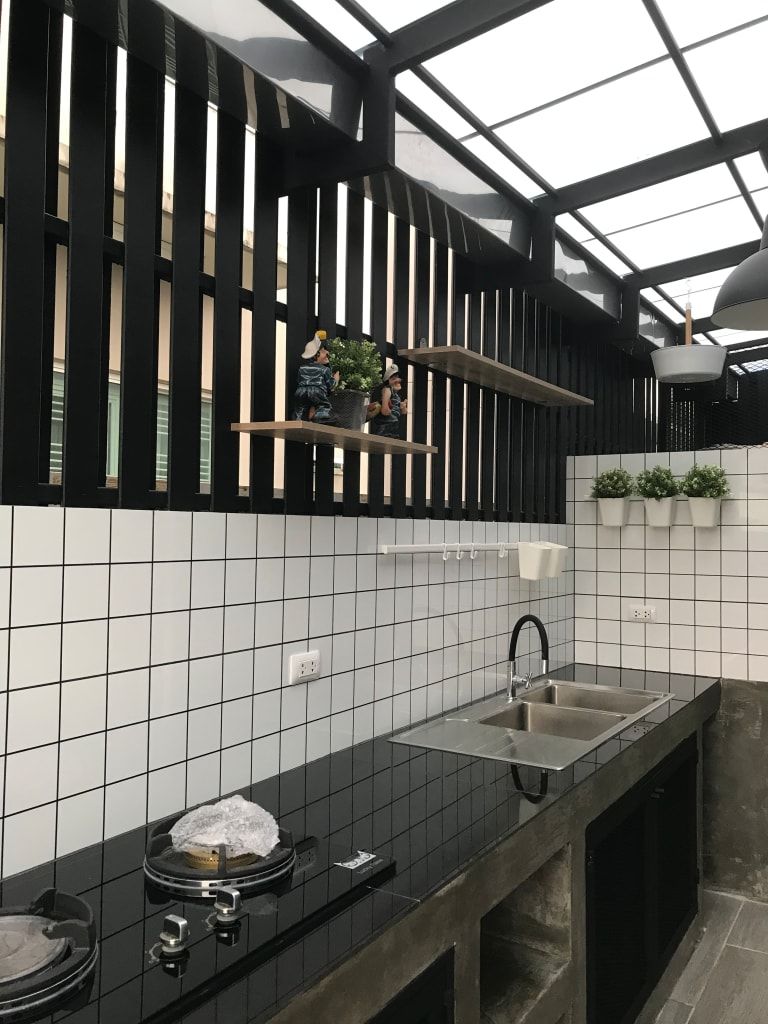
Many plastics also allow most of the ultraviolet (UV) rays in (unless the glazing is coated with a special film), which increases fading damage to furnishings.
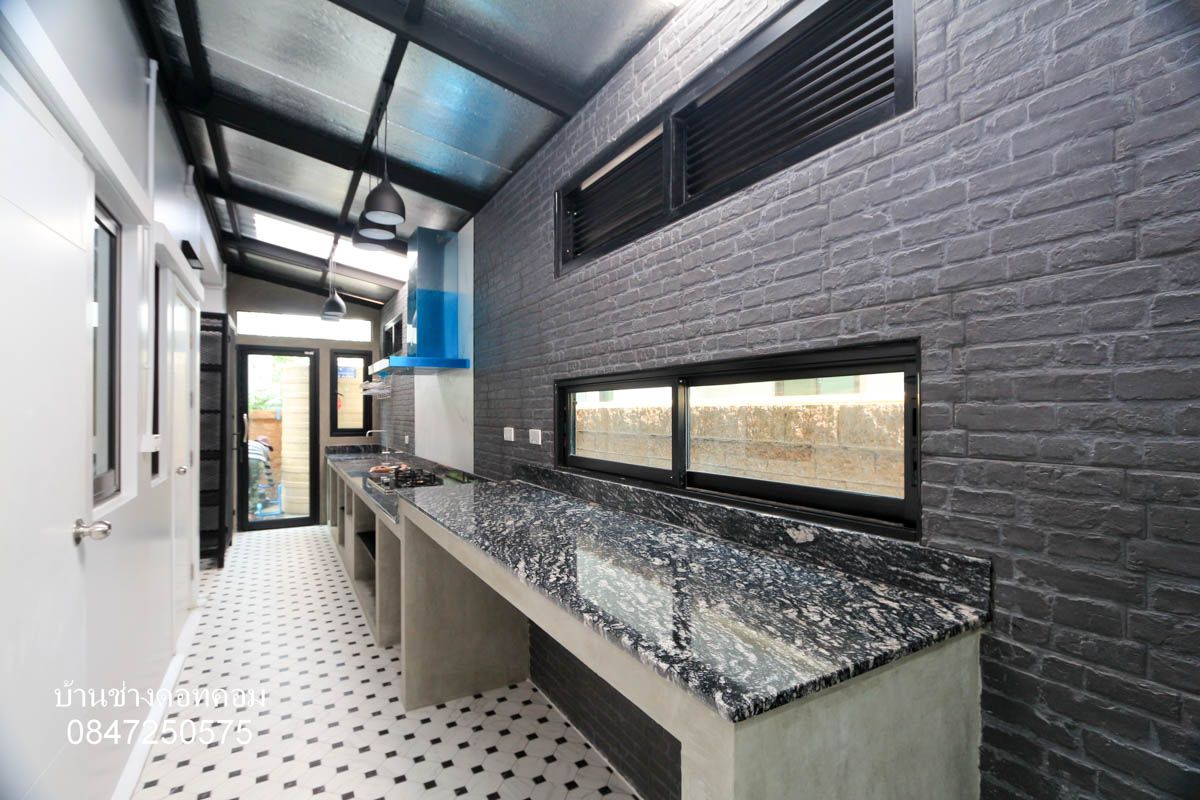
Acrylics and polycarbonates are the most commonly used plastic glazing. Acrylics are weaker but less expensive than polycarbonates. Although polycarbonates offer high impact resistance, some yellow with age.
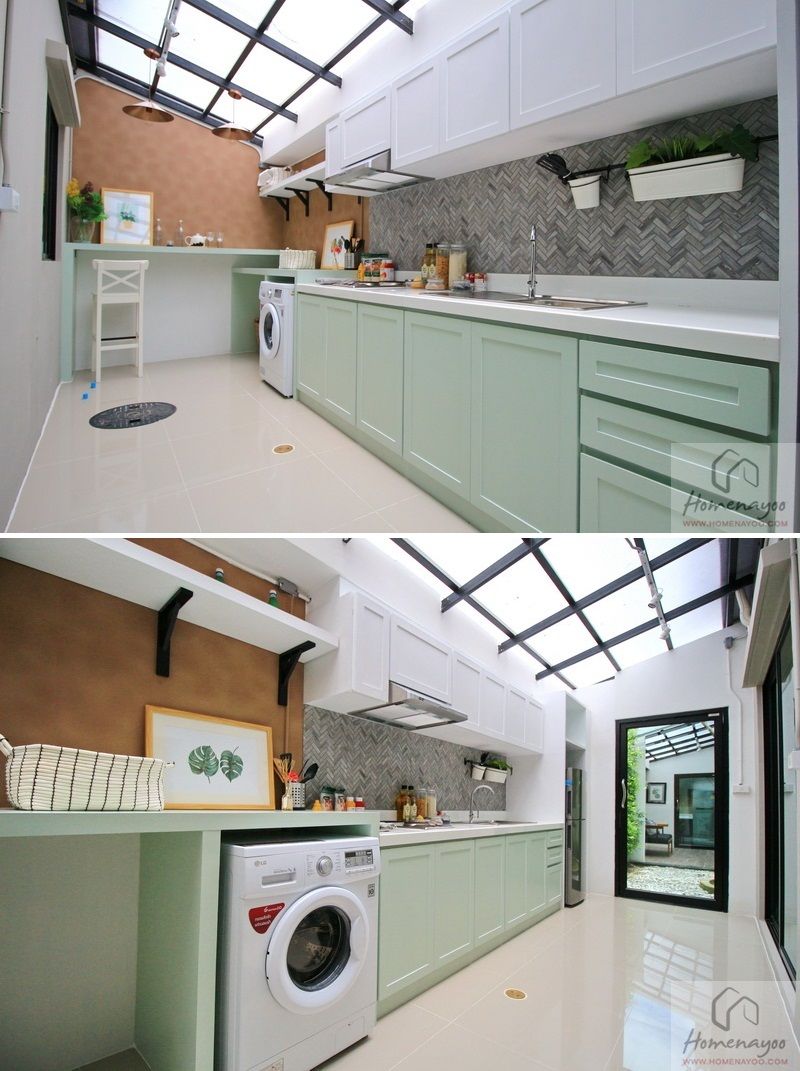
Glass is more durable than plastics and does not discolor. More expensive skylights are usually glazed with glass. Glass used for skylights must be “safety glazing,” a generic term for both tempered and laminated glass. Both keep the glass from breaking into large, sharp pieces.
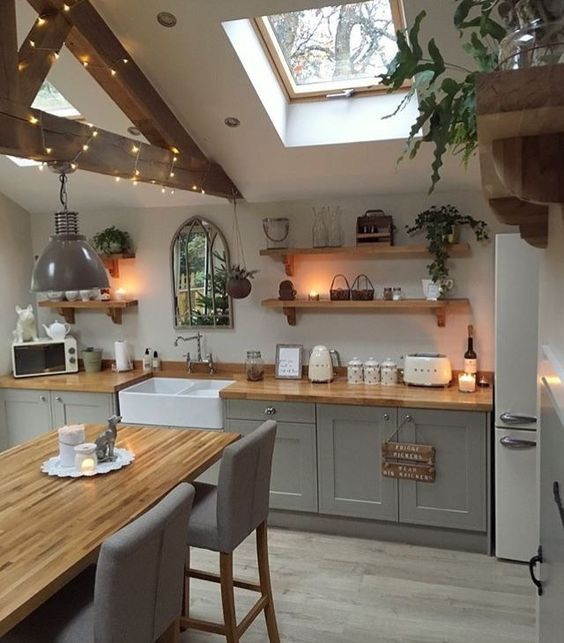
.
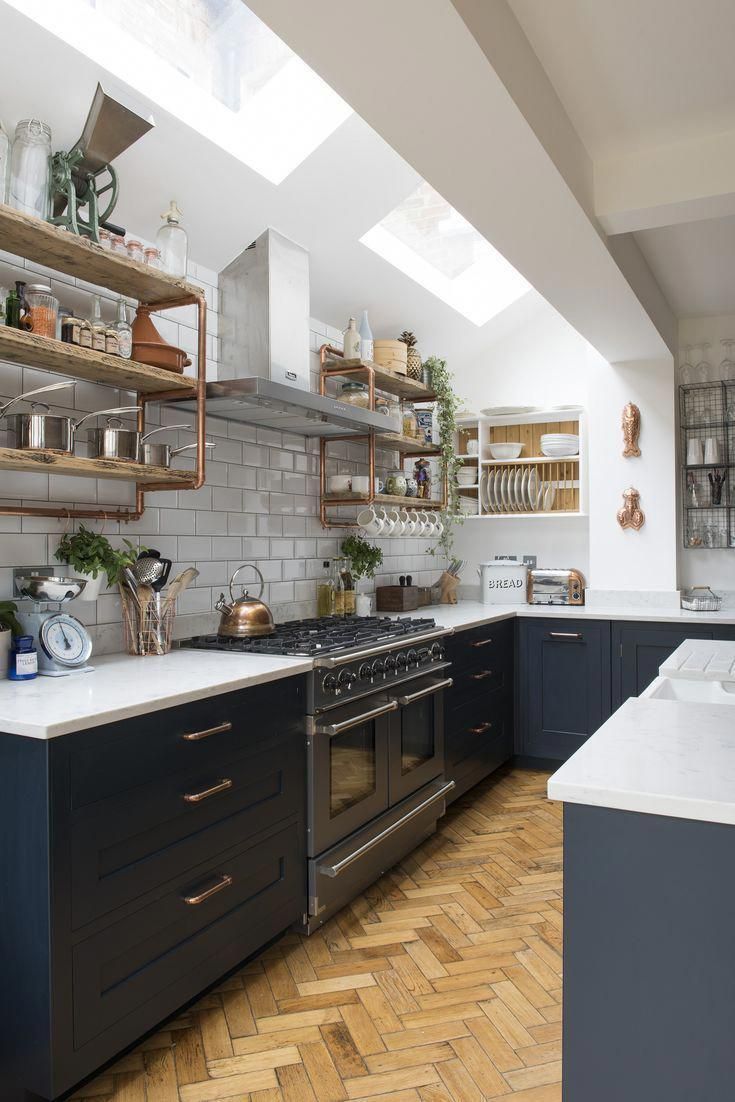
.
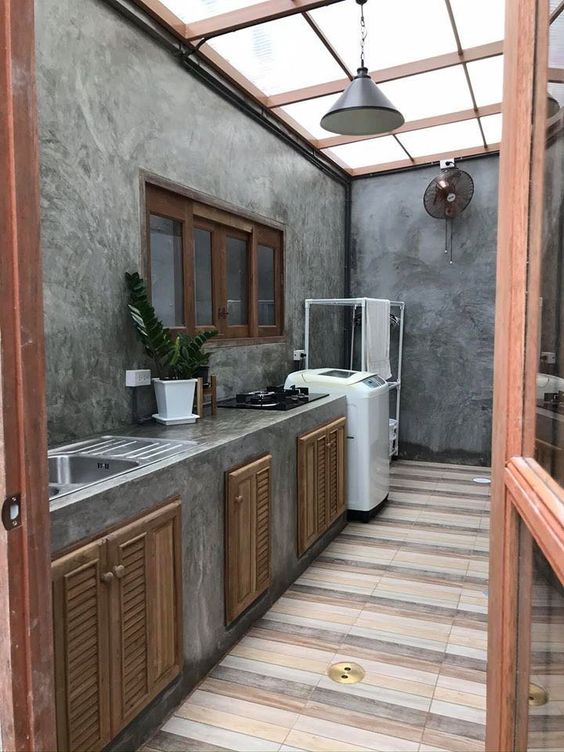
.
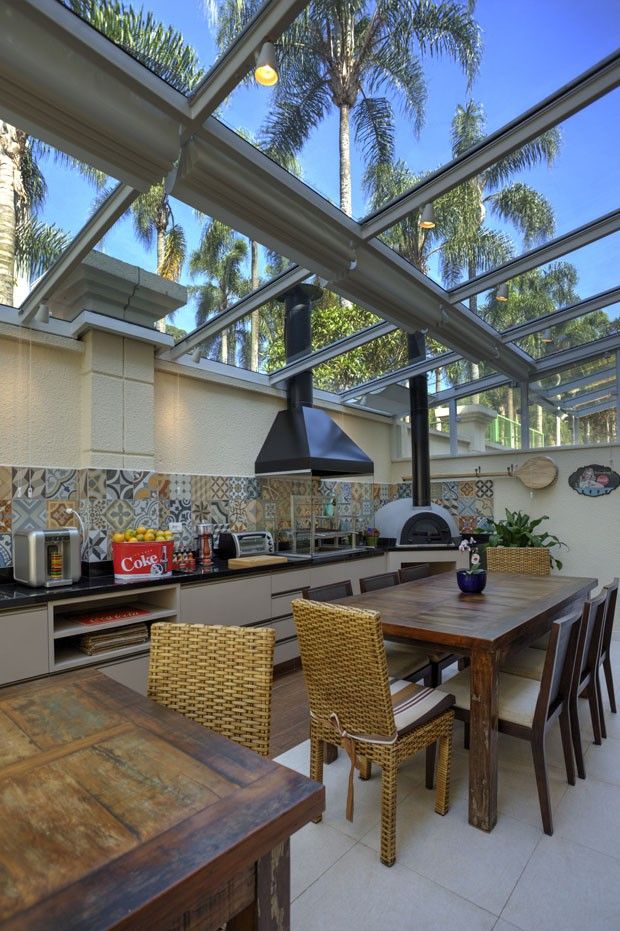
.
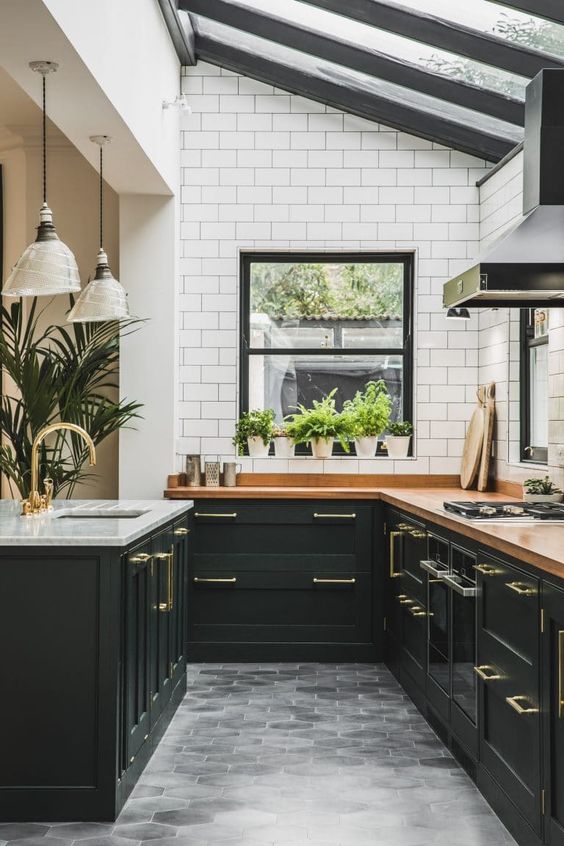
.
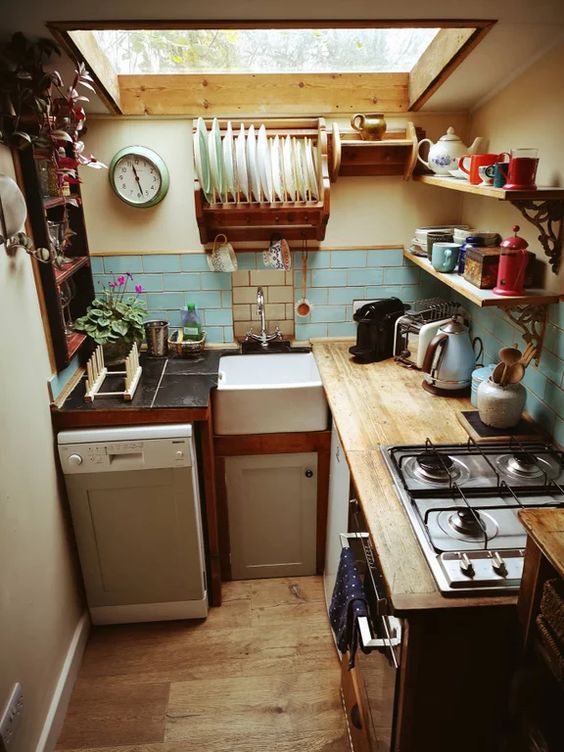
.
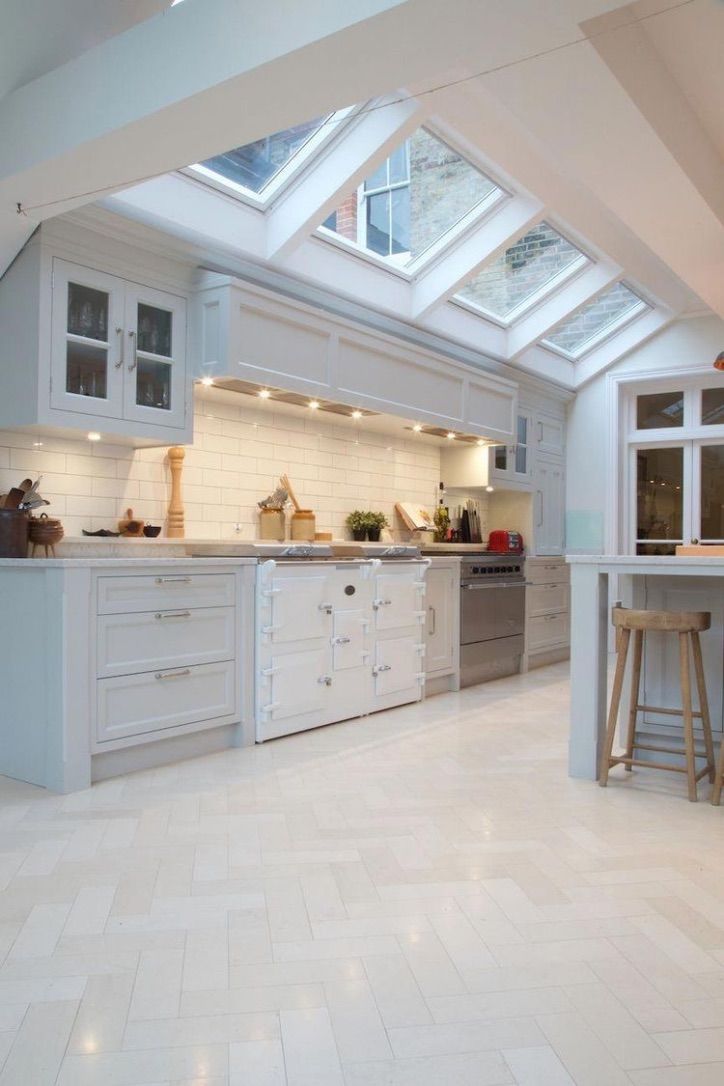
.
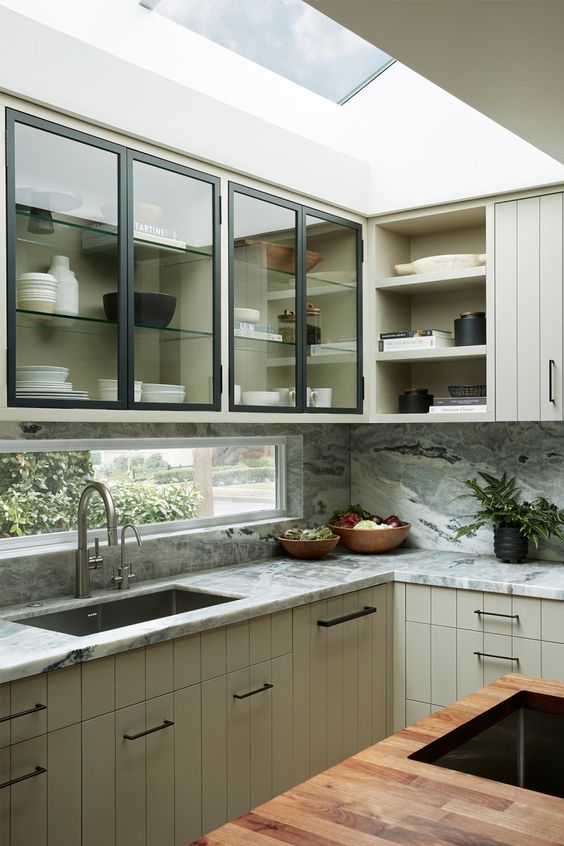
.
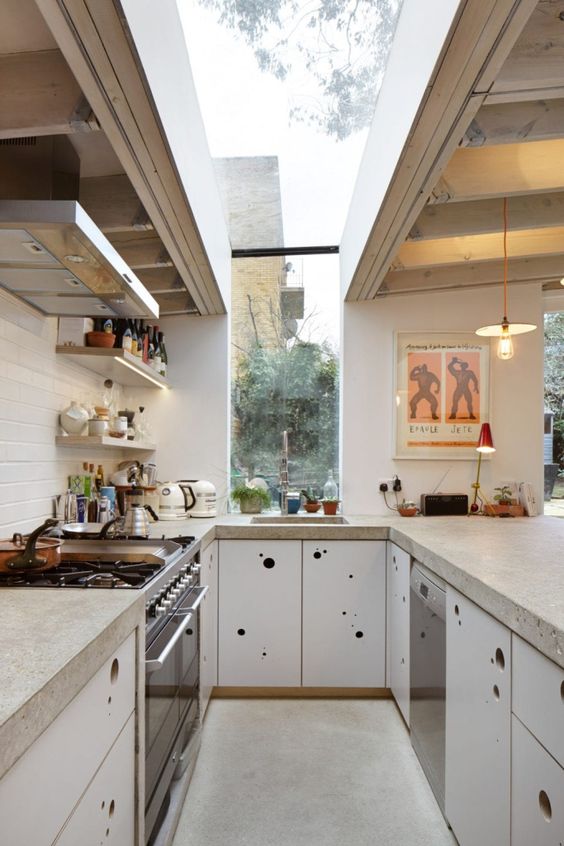
.
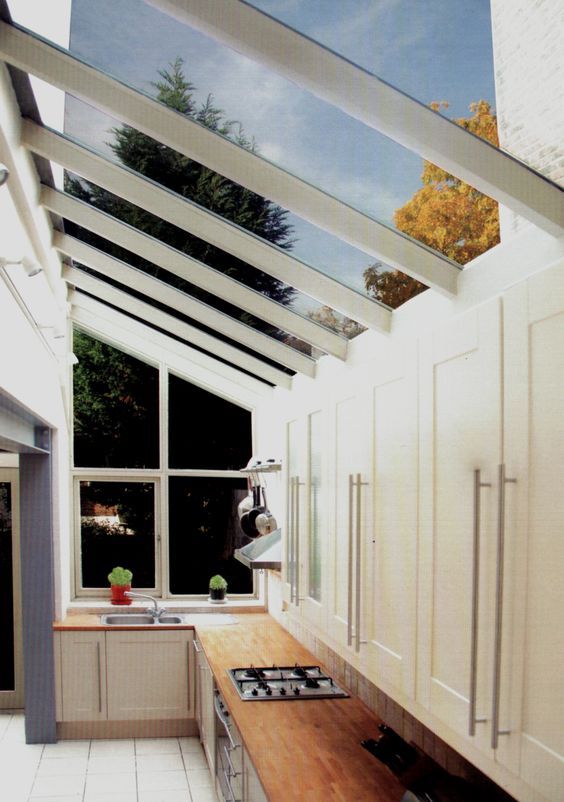
.
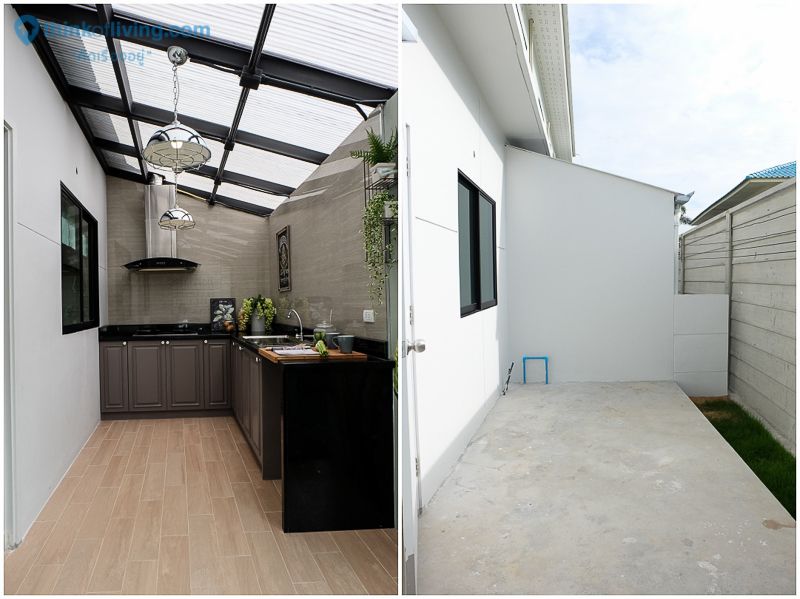
.
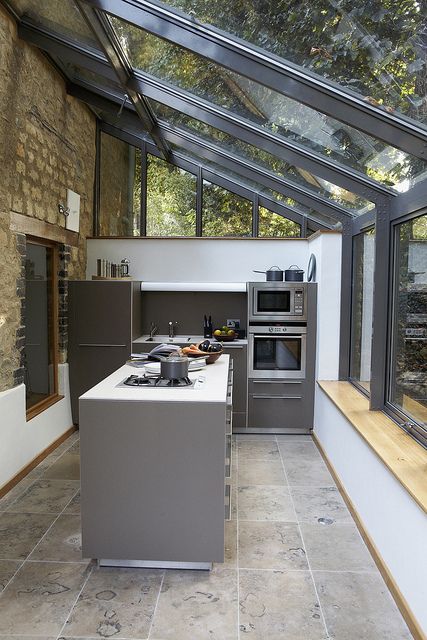
.
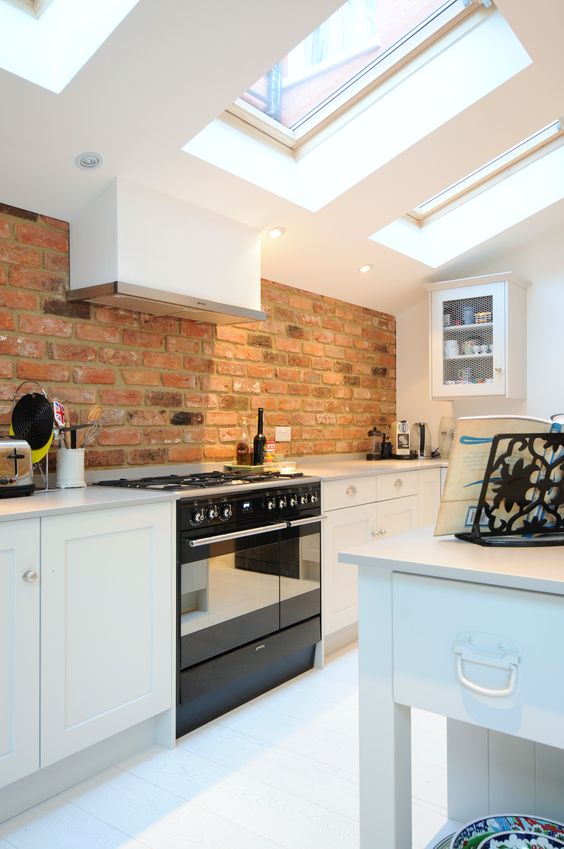
.
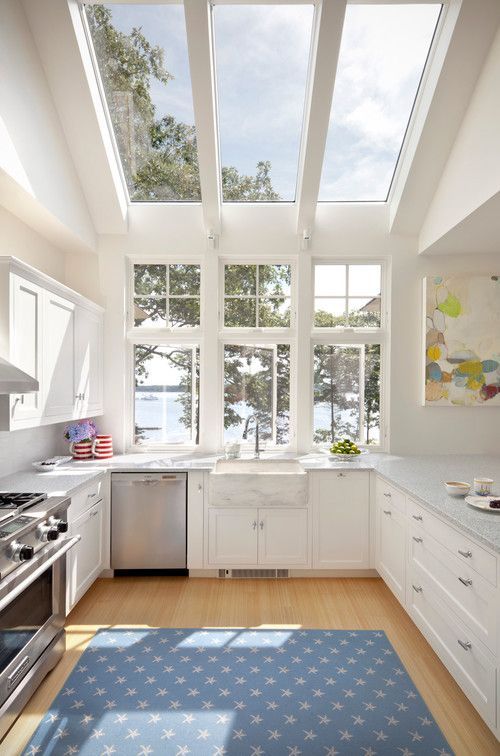
.
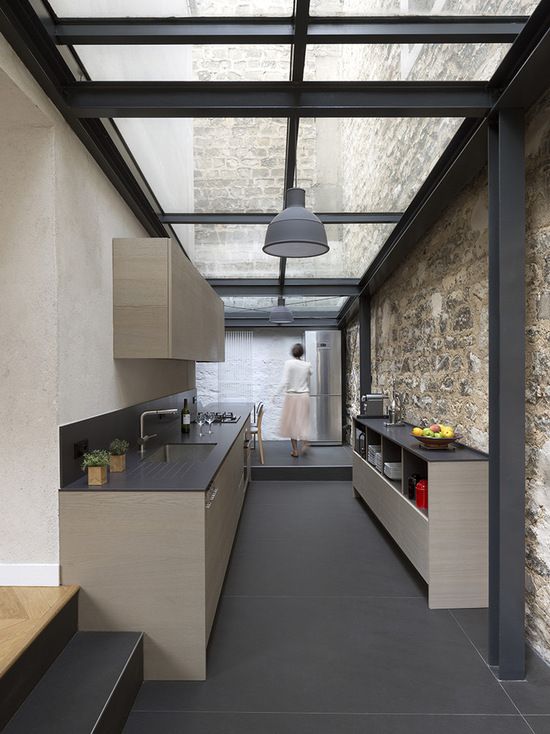
.
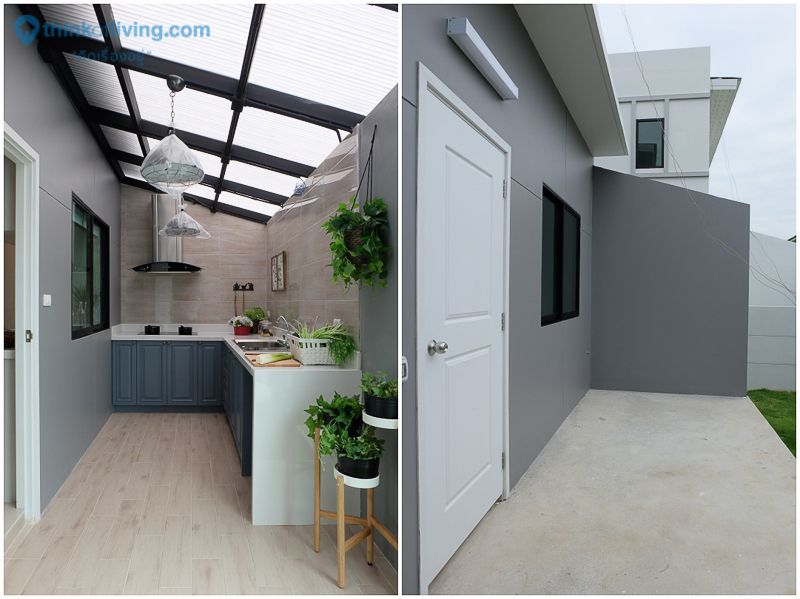
.
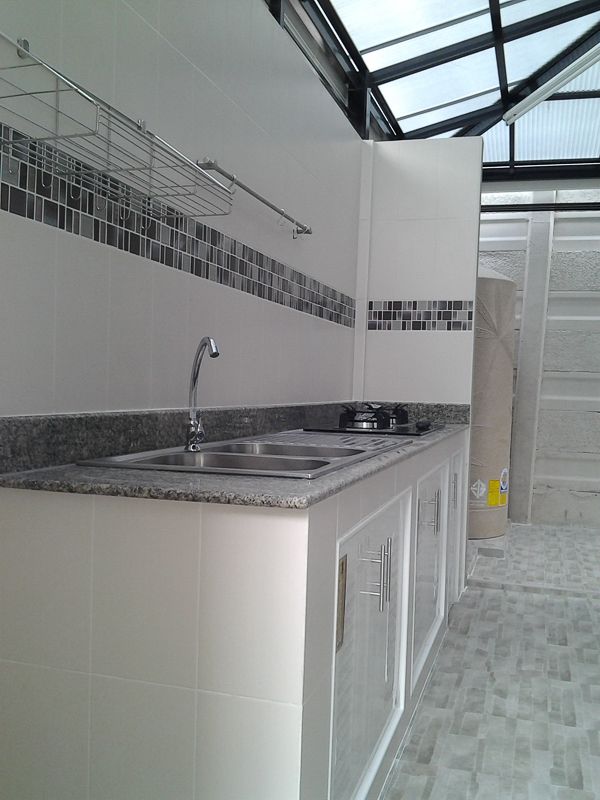
.
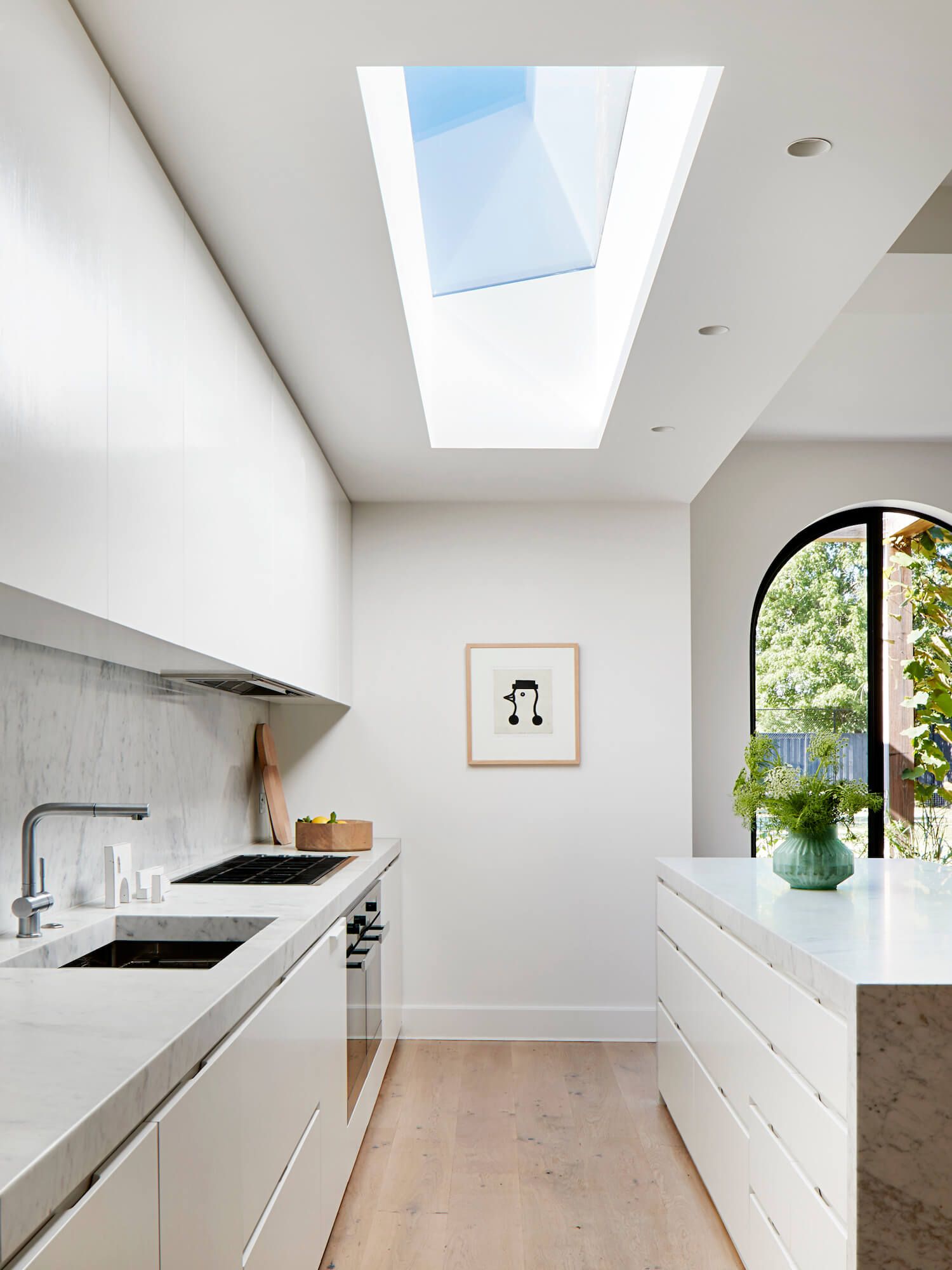
.
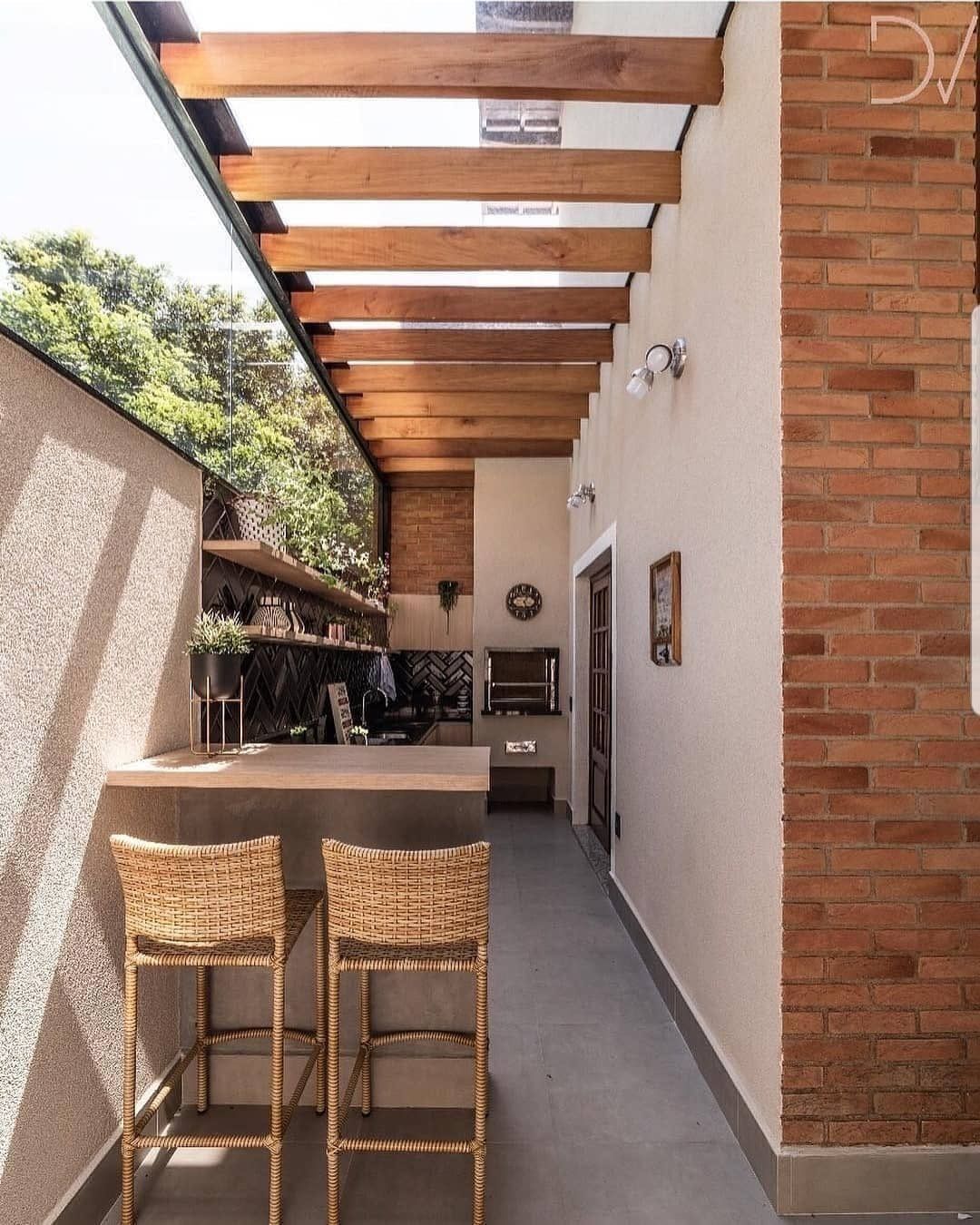
.
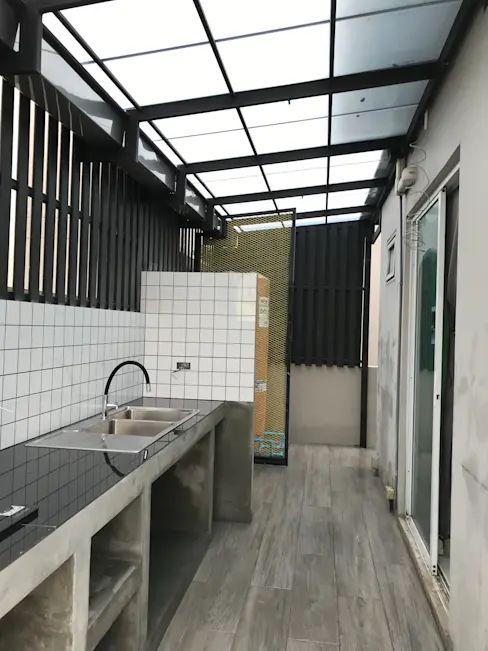
.
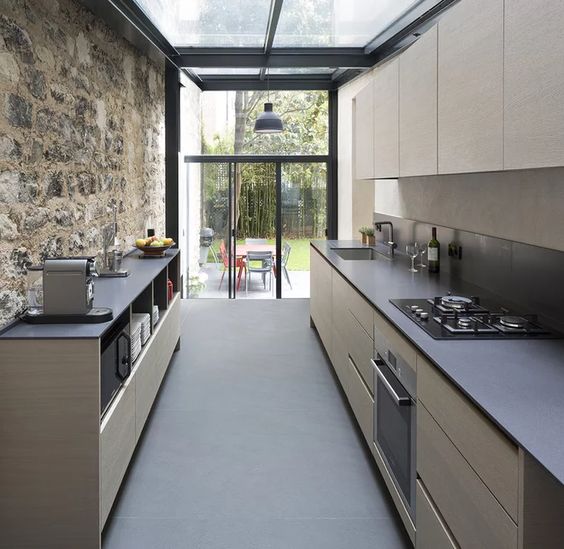
.
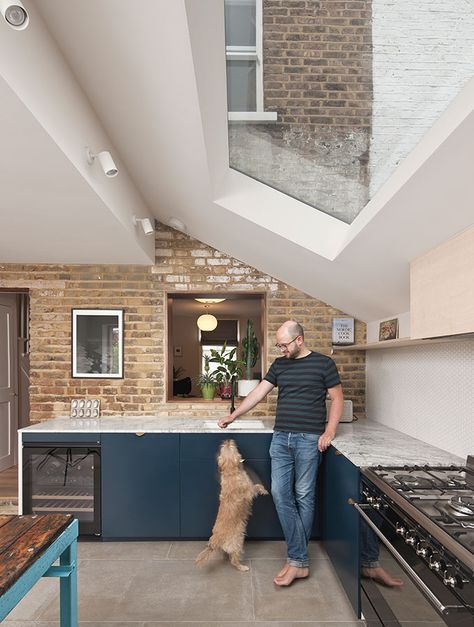
.
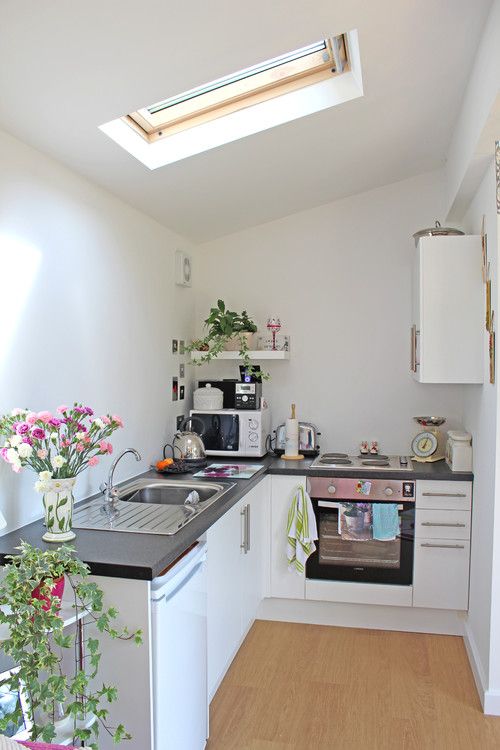
.
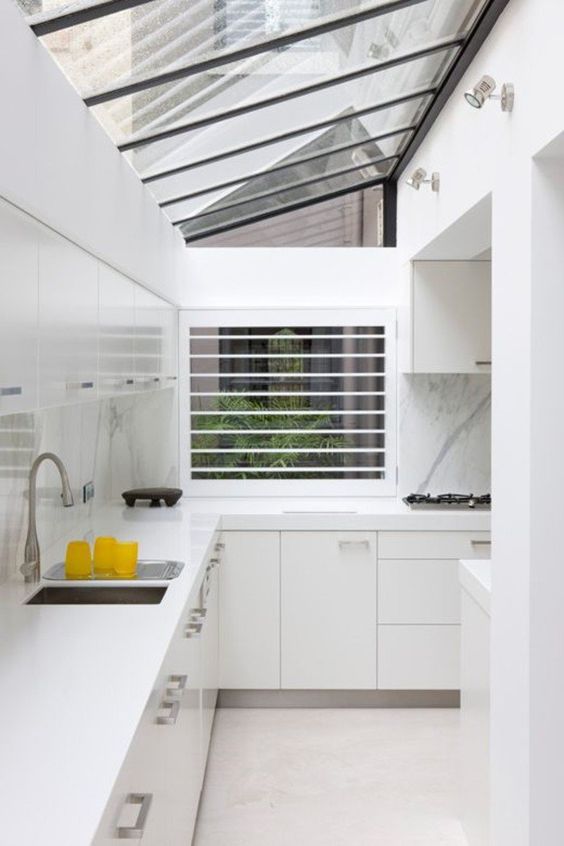
.
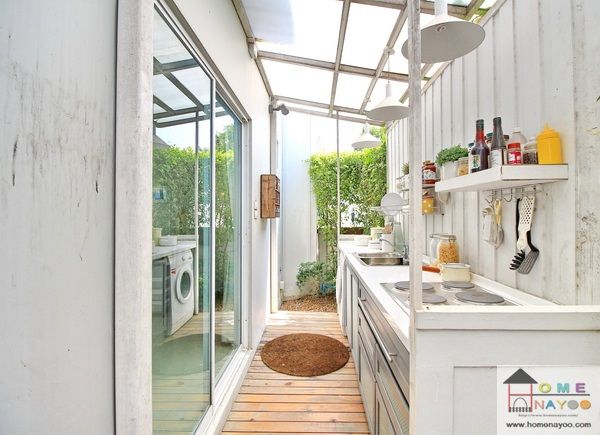
.
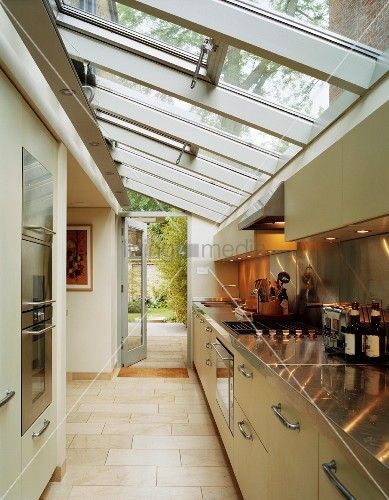
.
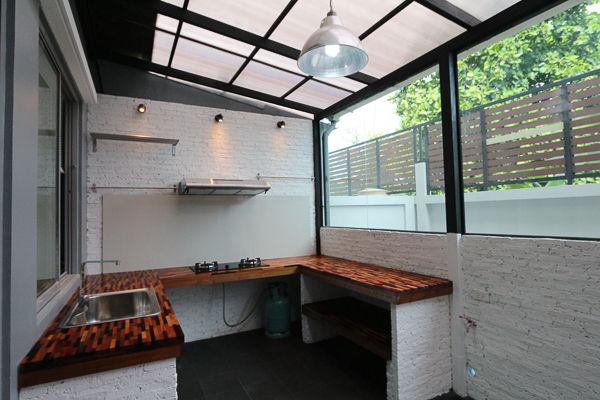
.
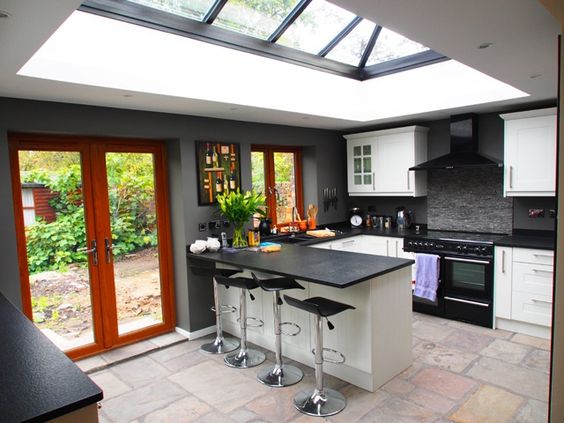
.
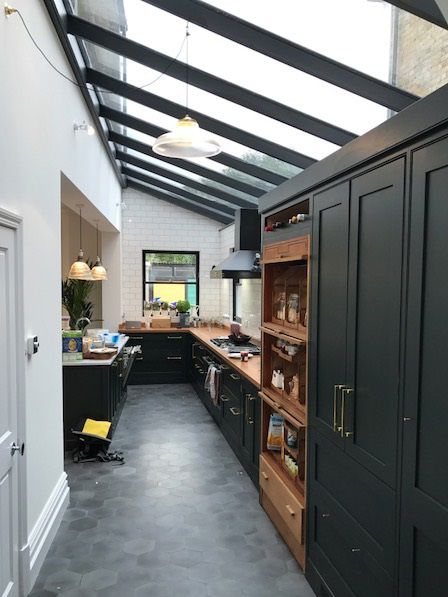
.
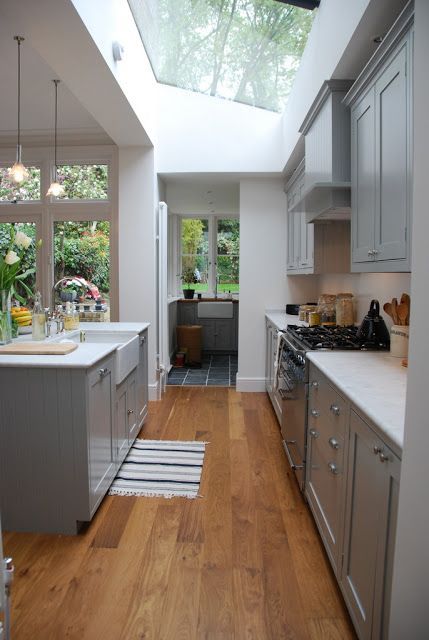
.
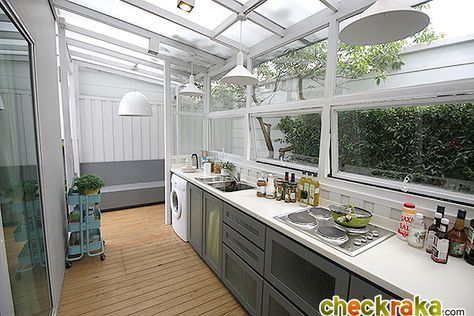
.
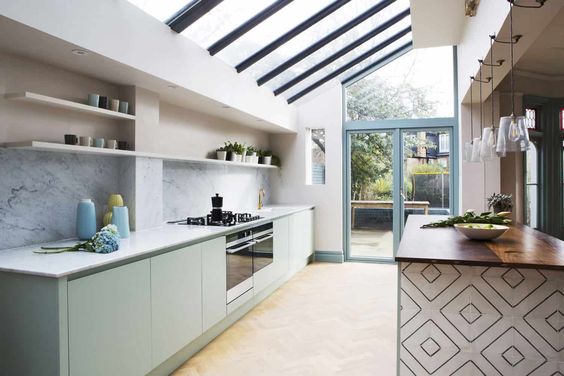
.
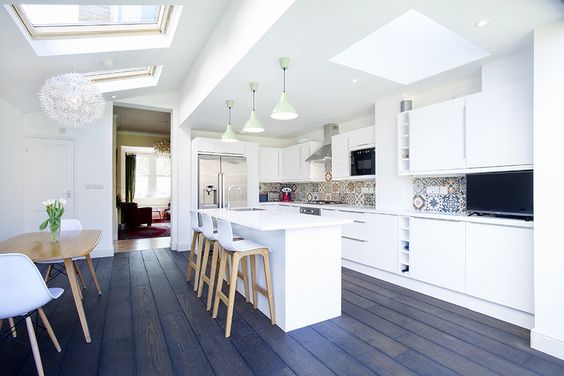
.
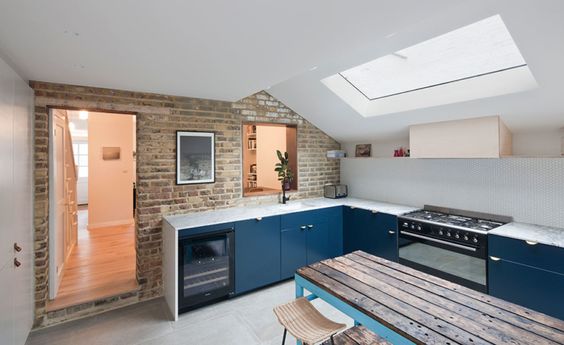
.
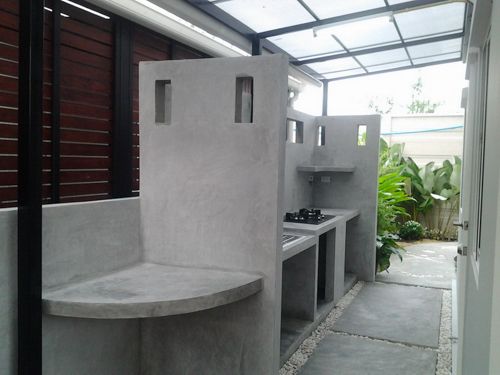
.
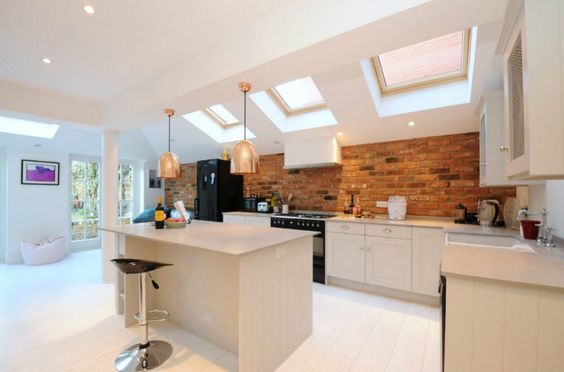
.
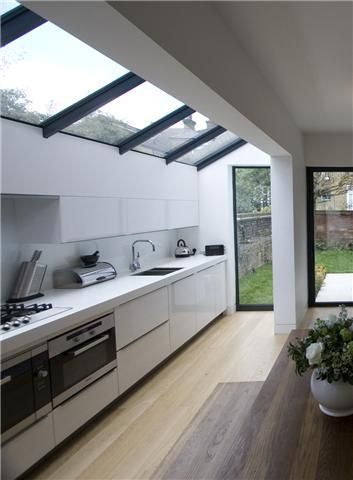
.
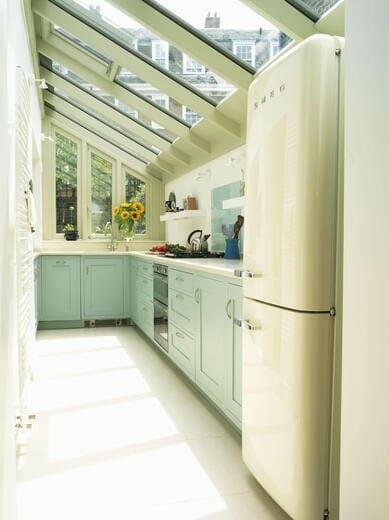
.
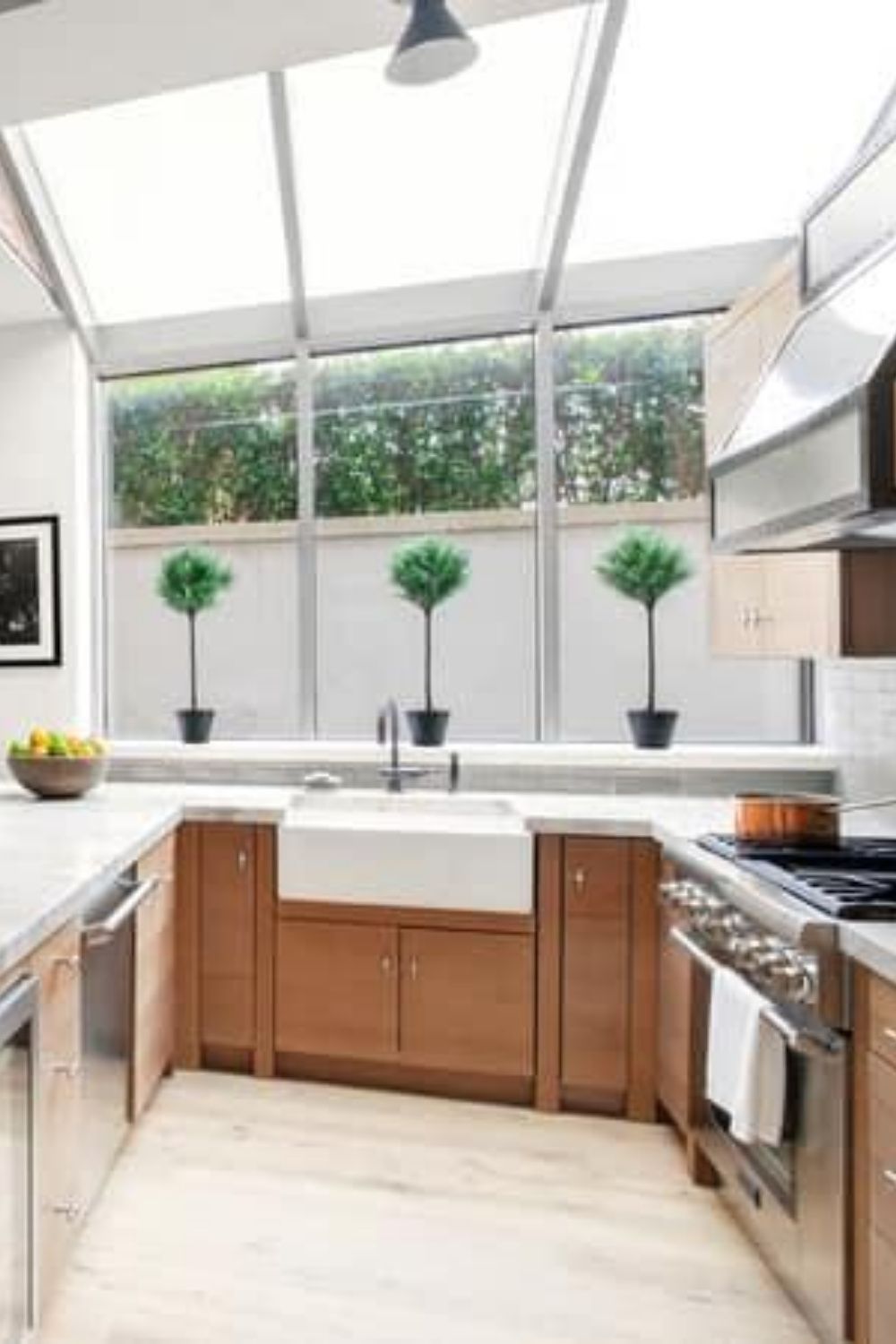
.
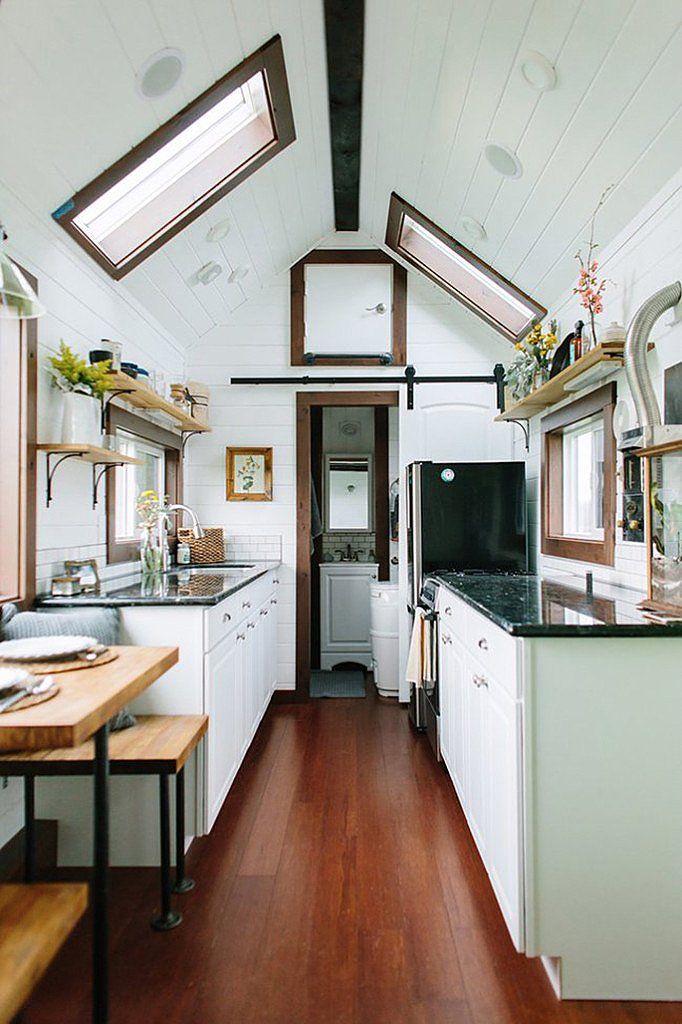
.
Cr: pinterest
